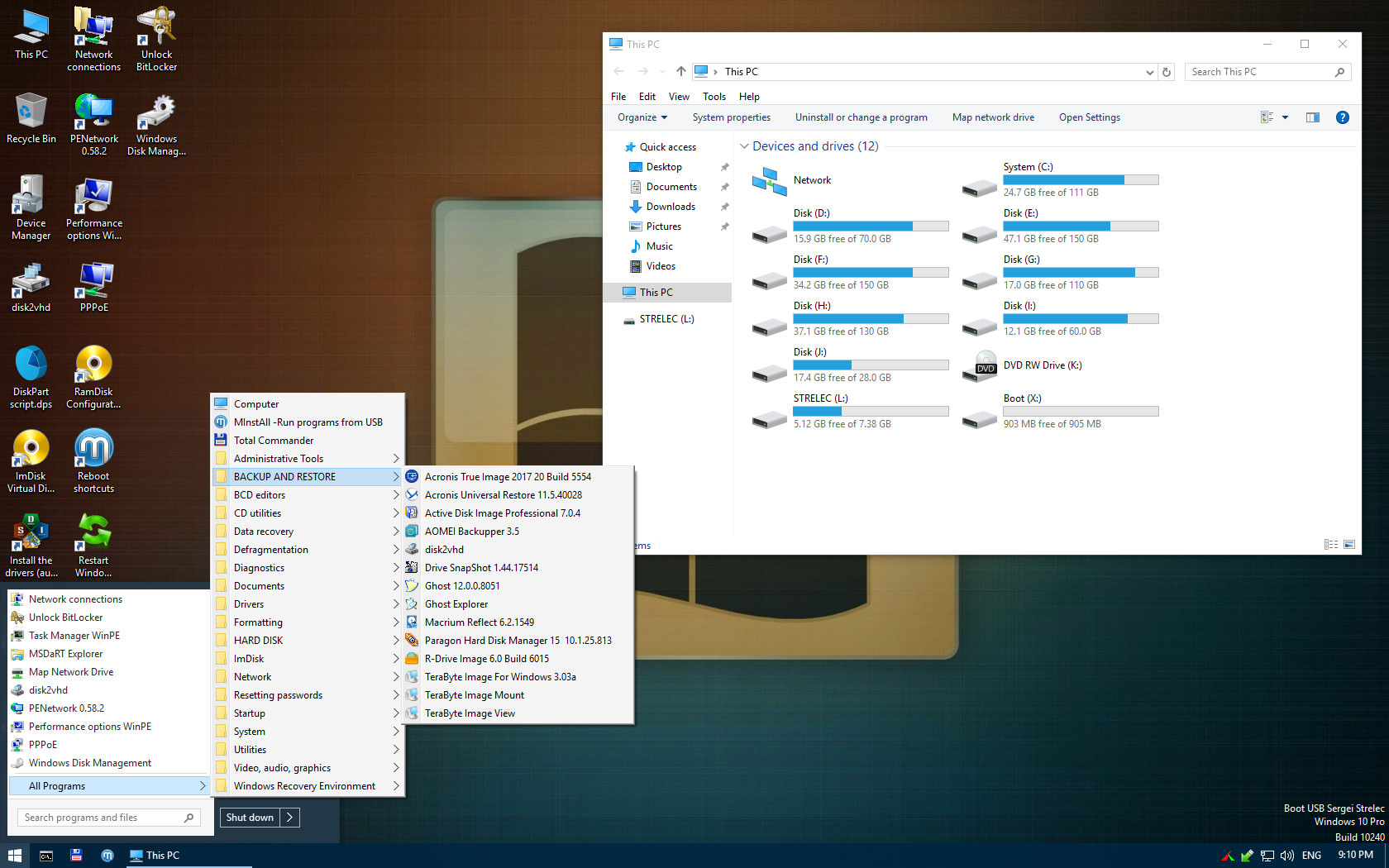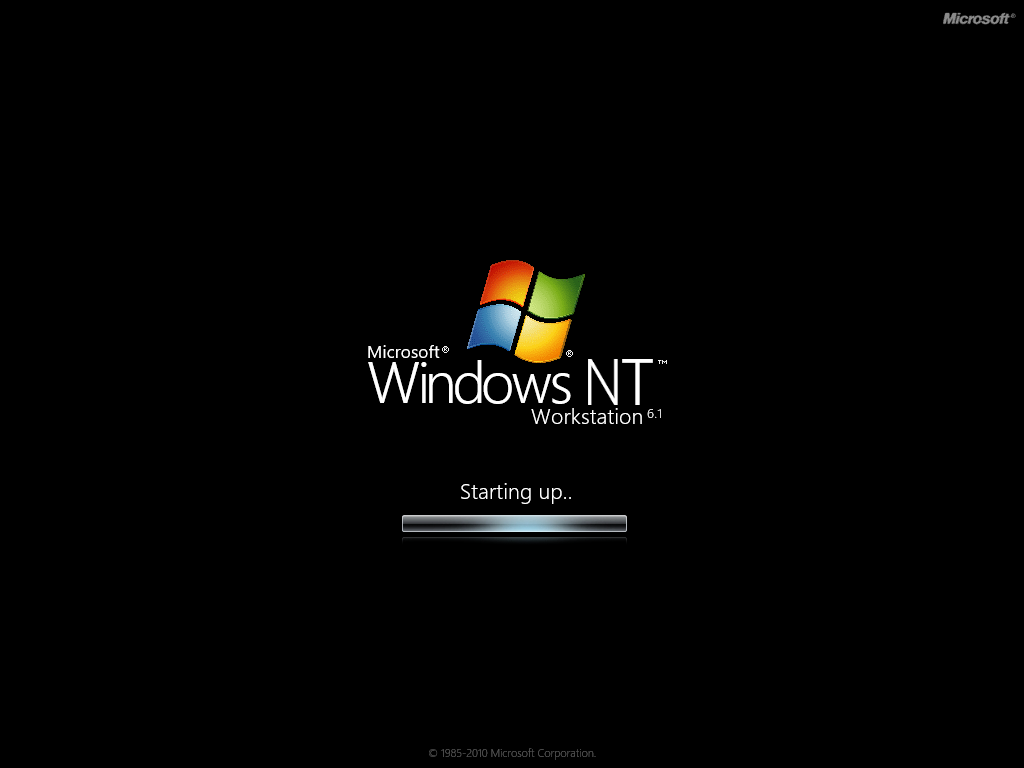

- #WINDOWS NT 6.1 ISO DRIVER#
- #WINDOWS NT 6.1 ISO PATCH#
- #WINDOWS NT 6.1 ISO FULL#
- #WINDOWS NT 6.1 ISO PASSWORD#
- #WINDOWS NT 6.1 ISO ISO#
The first version of Windows NT was released on July 27, 1993.
#WINDOWS NT 6.1 ISO ISO#
ISO files and USB stick images are located on the mirror servers of the project available free of charge for various hardware architectures.Windows NT, a Microsoft Windows personal operating system, is designed for users and companies who need advanced functions. The (almost) always artistic accompaniment of each release is unique: The song “The Style Hymn” describes the style guides for OpenBSD developers in a kind of chant, plus there is a chic OpenBSD 7.0 illustration by Natasha Allegri in the van Gogh -Style.
#WINDOWS NT 6.1 ISO DRIVER#
After all, the aplpinctrl (4) driver for “Apple Pin Multiplexing” can be used to address the GPIO controller in order to perhaps expand the systems with interesting hardware.Īll new features and improvements are detailed in den Release Notes zu OpenBSD 7.0 documented.
#WINDOWS NT 6.1 ISO FULL#
This also has an impact on USB devices and should be resolved shortly with a fix.Īpple computers with the M1-ARM-CPU received some new drivers, but they are not yet sufficient for full operation. The Raspberry Pi 4 with its somewhat quirky hardware, on the other hand, is stuck: A new U-Boot version sends a reset command to the PCIe controller when it starts, which is not reinitialized by the bcmpcie (4) driver, however. The ARM platform got some small improvements with OpenBSD like a correct control of the LEDs with the new (4) driver (e.g. In March of this year, MIPS Technologies announced that the current generation 8 of MIPS CPUs will be based on the RISV-V architecture – a somewhat strange, but perhaps vital step: MIPS8 processors are now RISC-V CPUs.Īpple M1 almost completely, Raspberry Pi 4 problematic After ARM won the race for CPU supremacy in smartphones in 2010 and more and more parts of MIPS were sold out by 2013, MIPS had become important in the market. Even Microsoft ported Windows NT to MIPS. This is not necessarily unexpected if you know the background of the MIPS development: MIPS was developed in the first half of the 80s by researchers at Stanford University in the USA and was the basis for SGI workstations and servers, formerly DEC Computers (which later used alpha processors) and some game consoles. That is also fundamentally supported Microsemi PolarFire SoC Icicle Kit, which is an ultra-low-power SoC FPGA, which could later be well suited for network and firewall appliances or IoT devices.įor owners of the chic SGI Indy, Indigo2, Octane, O2, Origin and Onyx based on the classic 64-bit MIPS processors, OpenBSD 6.9 is no longer an option, because the sgi port will no longer be developed with OpenBSD 7.0. At the moment it is interesting for developers, but hardly for end users. The development takes place primarily on SiFive Unmatched Instead of: The board in the mini-ITX form factor with a 1.2 GHz quad-core CPU, 16 GByte RAM, four USB 3.2 Gen 1, one x16 PCIe slot (8 lanes) and two M.2 slots is just under 600 euros available. RISC-V is coming, SGI is going …Īfter OpenBSD 6.1 ARM and 6.9 PowerPC64 were added to the supported hardware platforms, some developers are now porting OpenBSD to the RISC-V architecture, which is slowly waking up from its slumber. In contrast to some current GNU / Linux distributions, OpenBSD users are spared black screens with some new Ryzen APUs. Intel’s DRM now gets along better with TigerLake GPUs AMD supports “Sienna Cichlid”, “Arcturus” and the Cezanne “Green Sardine” Ryzen 5000 APUs. The Direct Rendering Manager for hardware accelerated graphics output (DRI) corresponds with OpenBSD 7.0 to that of Linux 5.10.65. Due to the optimized handling of unused main memory, according to the developer, the change to hibernate mode is reduced from 100 to 9 seconds with 16 GB of RAM and from 325 to 28 seconds with 40 GB of RAM – de Raadt comments on this with “increase hibernate writeout speed a little “.

#WINDOWS NT 6.1 ISO PATCH#
With a patch submitted by Theo de Raadt, Mark Kettenis and Mike Larkin on August 30th, systems with a lot of RAM go into deep sleep much faster (hibernate). The Dynamic Trace Mechanism introduced with OpenBSD 6.7, in which system and application debugging is possible using the pseudo-device / dev / dt, was activated by default in OpenBSD 7.0 on the amd64 / i386, arm64, sparc64 and the powerpc64 platforms.Īnnoying problems with the TPM 2.0 modules, especially on ThinkPads, which prevented waking up from S3 suspend mode, have been fixed. As always, special attention was paid to eliminating even the tiniest errors in the documentation.

There were noticeably many updates to fdisk (8) and tmux (1), the terminal multiplexer.
#WINDOWS NT 6.1 ISO PASSWORD#
Doas (1), the modern replacement for sudo (1), now asks for the correct password up to three times.


 0 kommentar(er)
0 kommentar(er)
